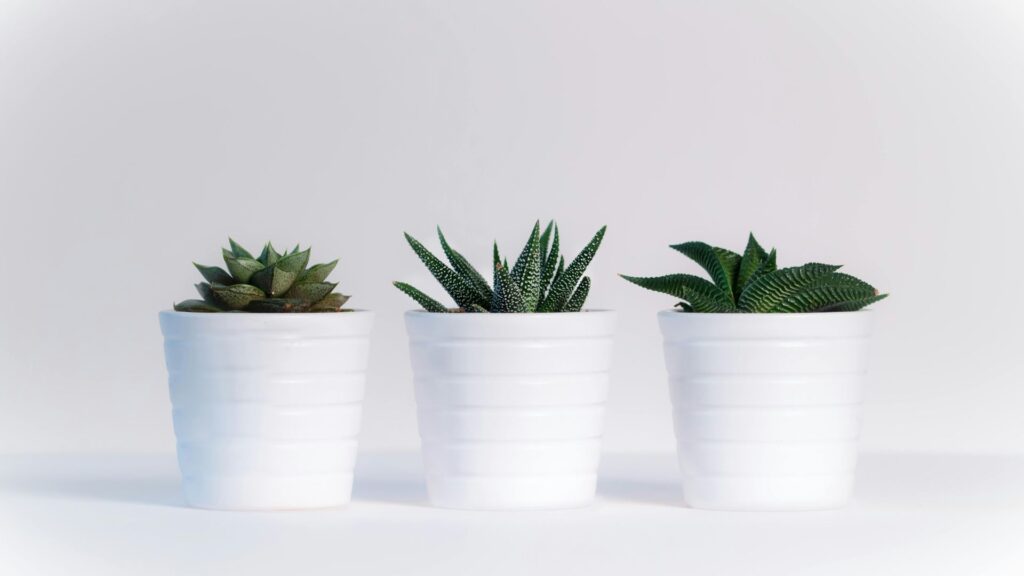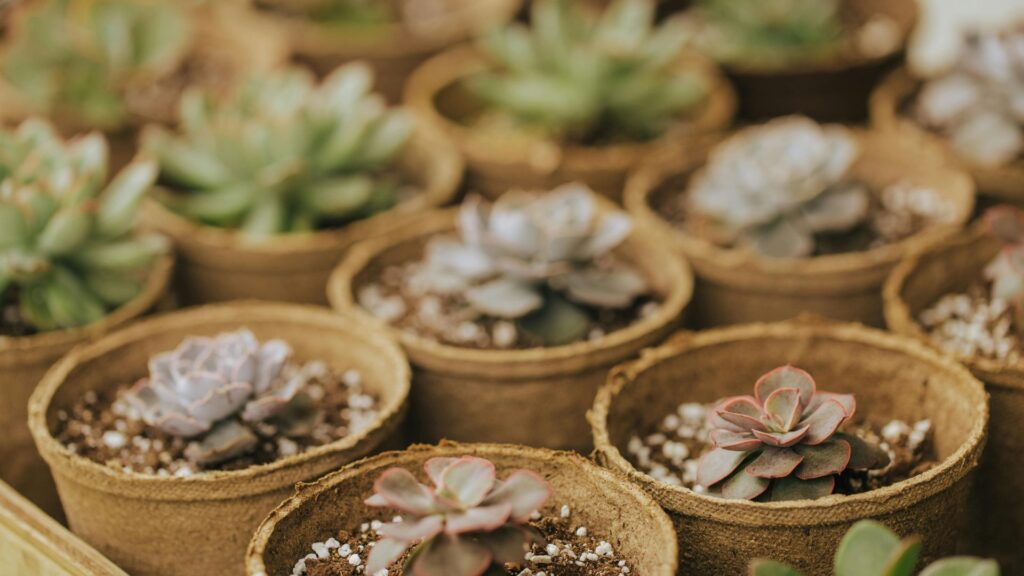Overwatering is a common issue if you are a houseplant owners, as too much water may lead to root rot, pests, and other problems.
These are the 15 tips to prevent overwatering and keep your plants healthy and happy.
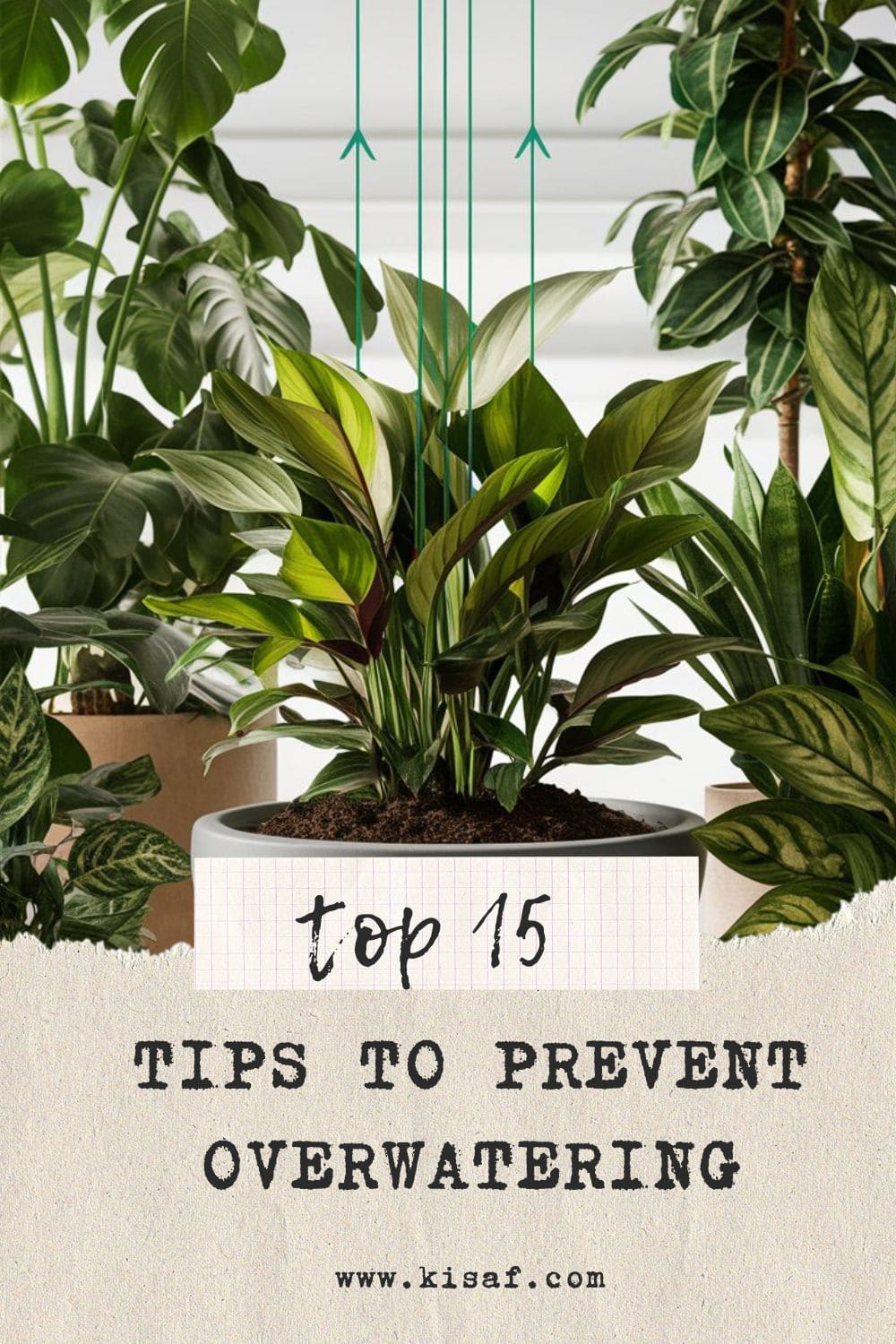
Tips To Prevent Overwatering
1. Understand Your Plant’s Needs
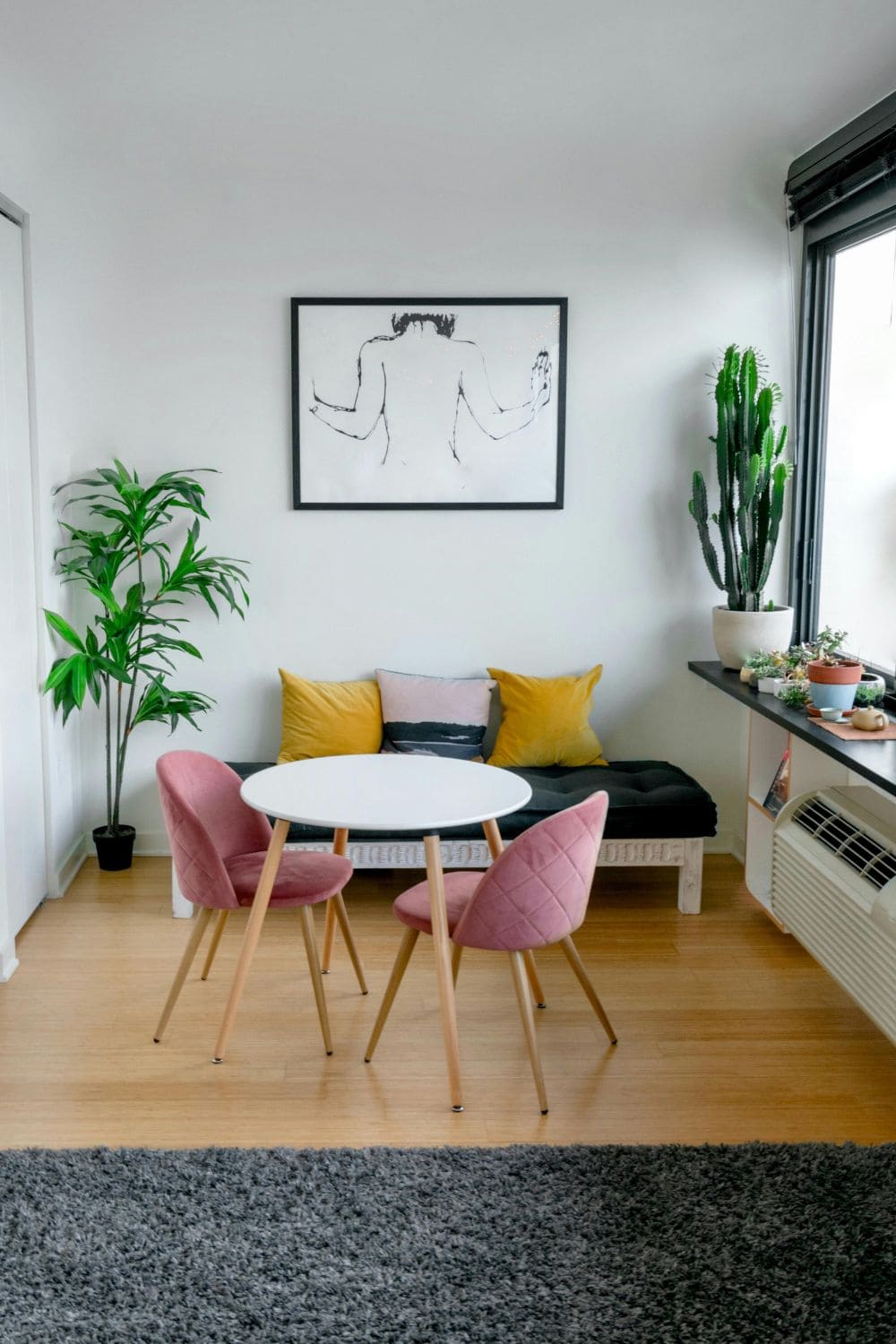
Remember, every plant needs different amounts of water. So, it’s best to first research your plant species to understand its specific watering requirements.
Some plants bloom happily even in dry conditions, while other plants need more moisture. Knowing what suits your plant is necessary.
2. Use the Right Soil
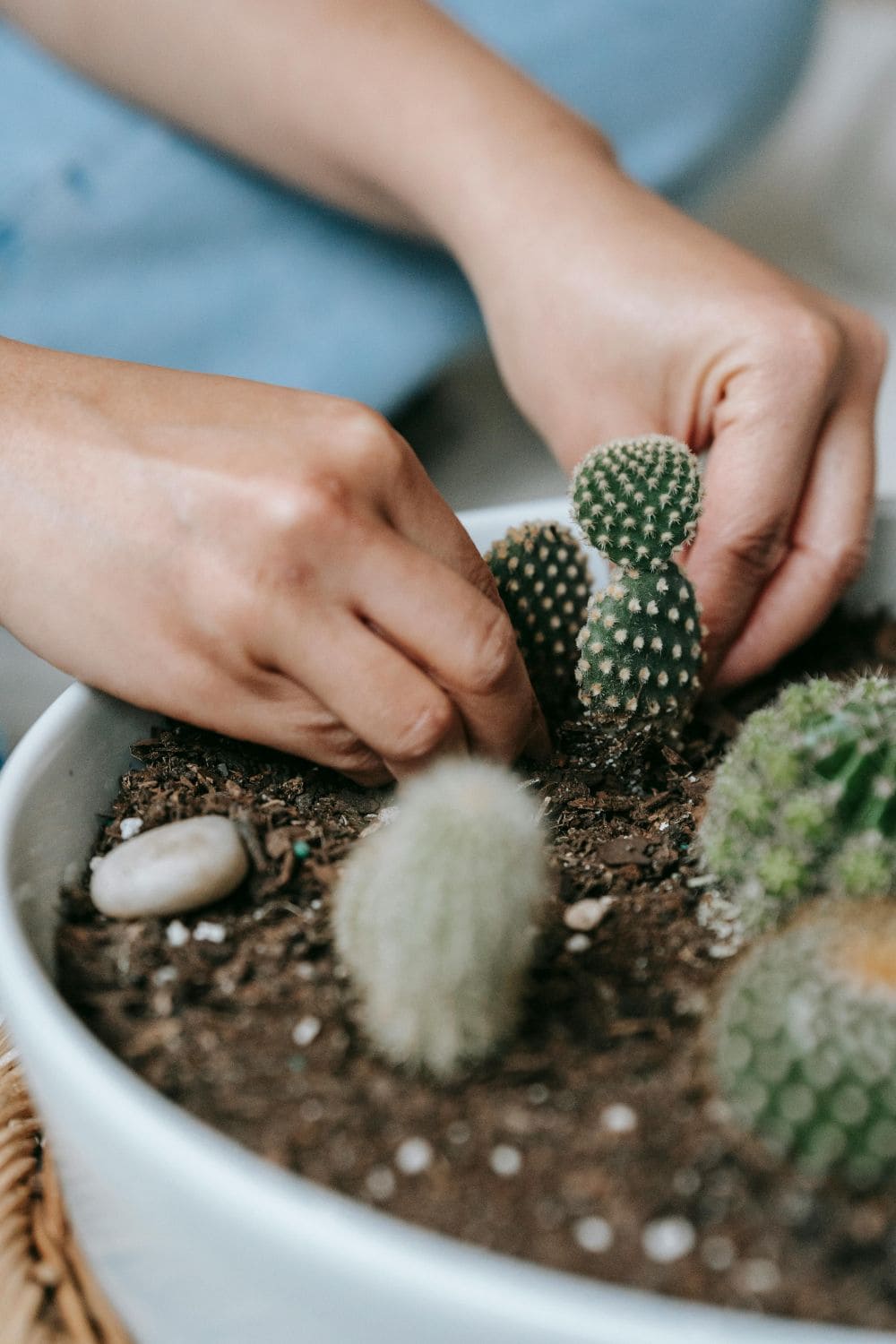
Using the right soil is really important if you want to prevent overwatering. Use a well-draining mix soil, designed for houseplants.
Soil that retains too much moisture tends to cause harm. Cactus and succulent mixes are great for plants that need less water like Pothos, Aloe Vera and Snake Plant.
3. Choose the Correct Pot
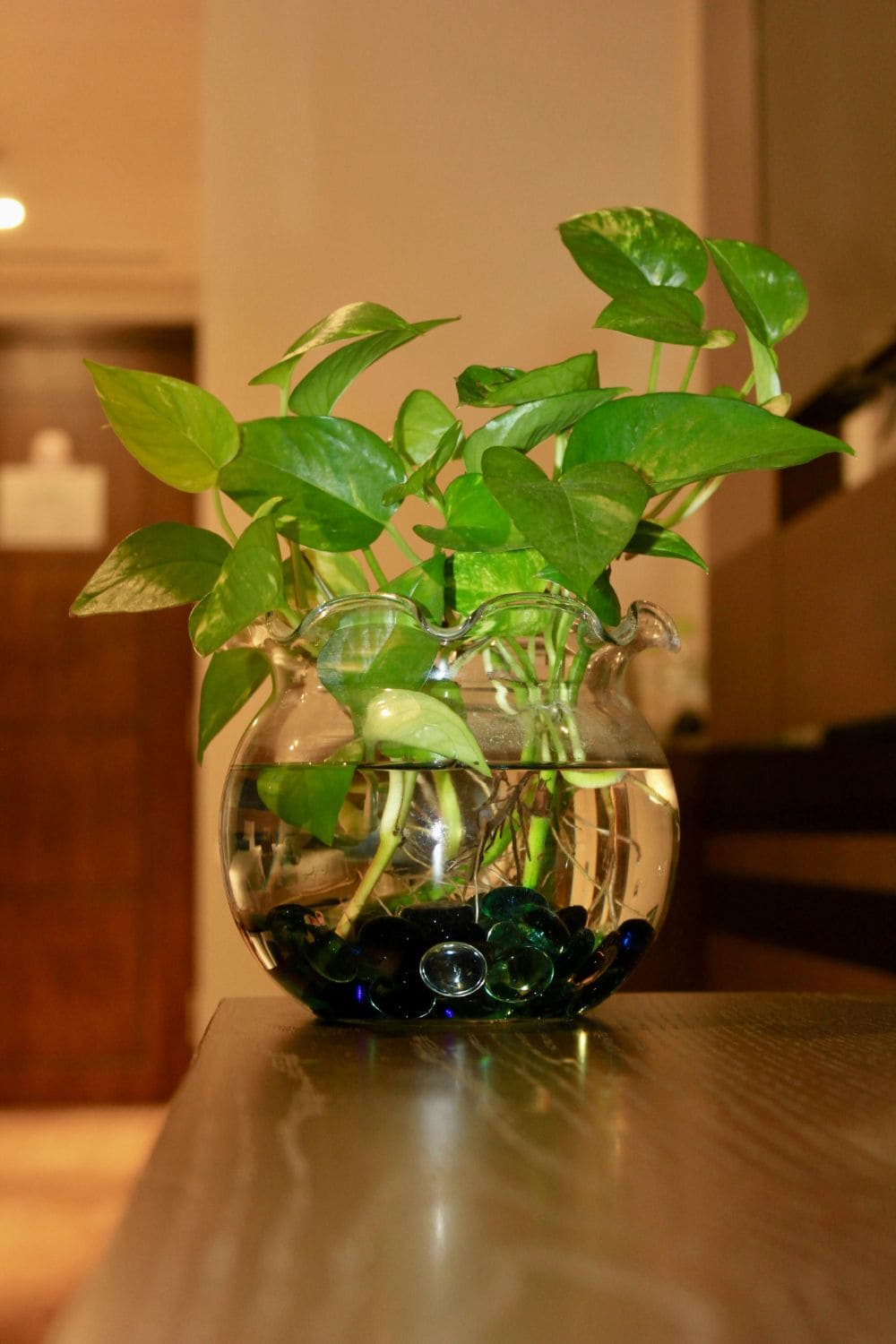
The pot you use really matters. Its best to check if it has drainage holes, as these holes allow excess water to escape.
Without drainage holes, water can pool at the bottom, leading to root rot, in which the plant wilt or even die. Plastic pots retain moisture longer than terracotta ones.
Related: Choose the Right Pot For Your Plant: Complete Guide.
Amazon Product Recommendation
If you're planning to do indoor gardening then you must a nice concrete pot, so here is one for you.
Disclaimer: Commissions are earned if you make a purchase through these links at no extra cost to you.
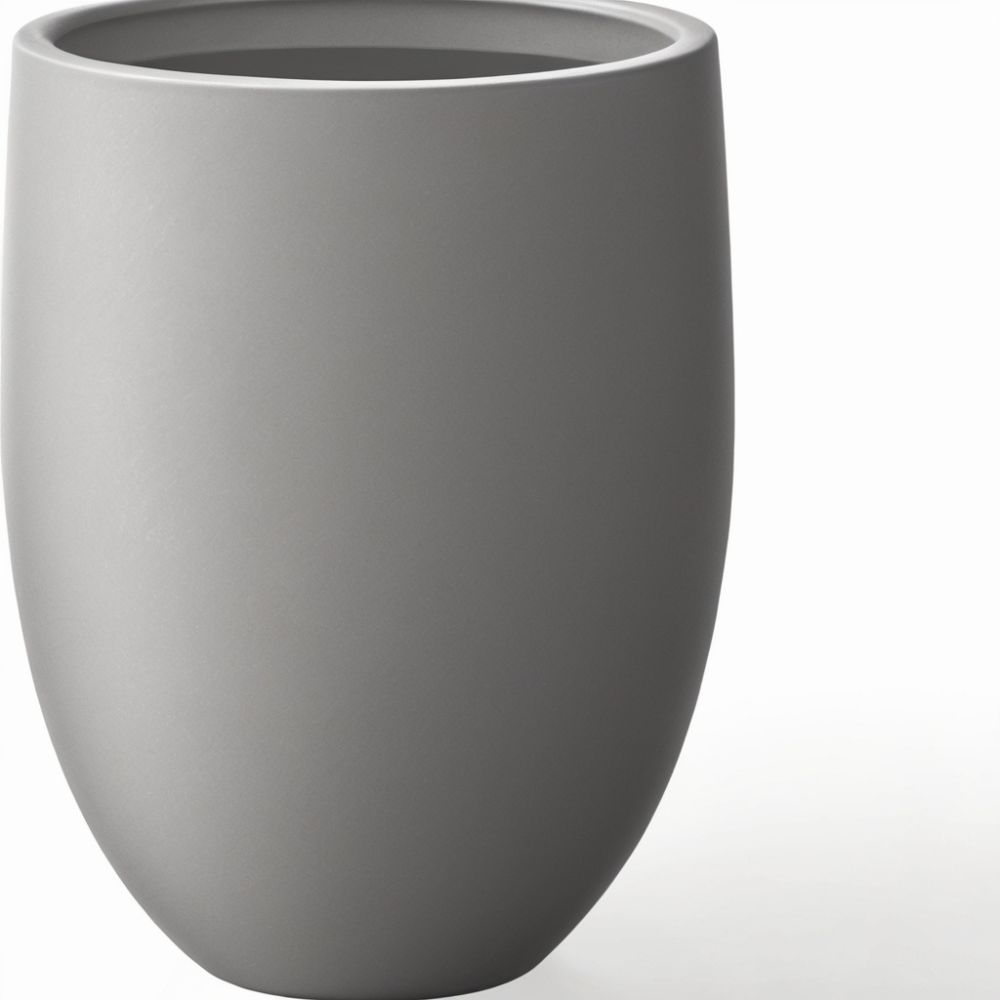
4. Water Less Frequently
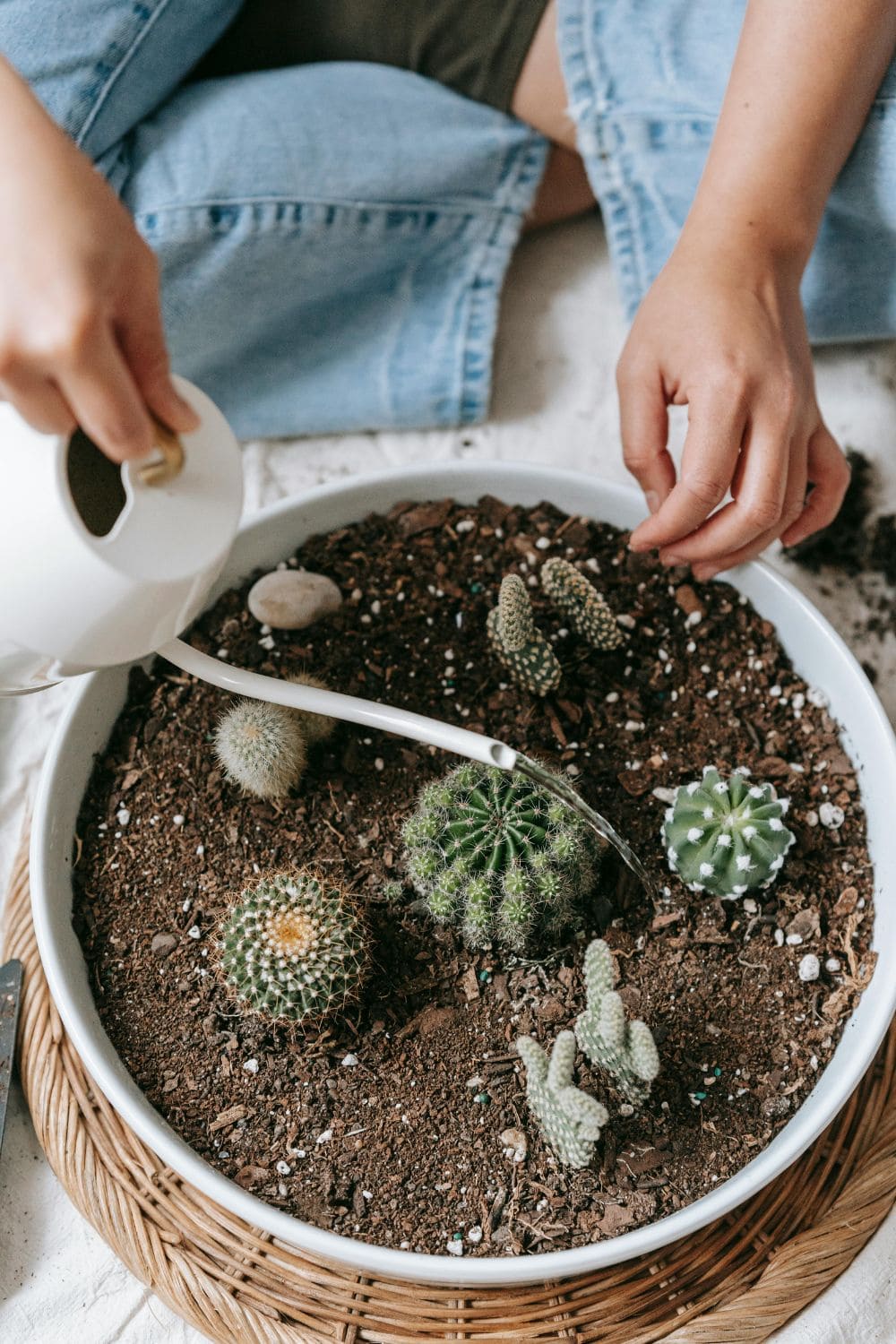
It’s better to water less often to prevent overwatering. You should wait until the top inch of soil is dry before watering again.
Overwatering can happen if you stick to a rigid schedule. Instead, check the soil moisture regularly. Remember, it’s best to water in the morning.
5. Observe the Weather
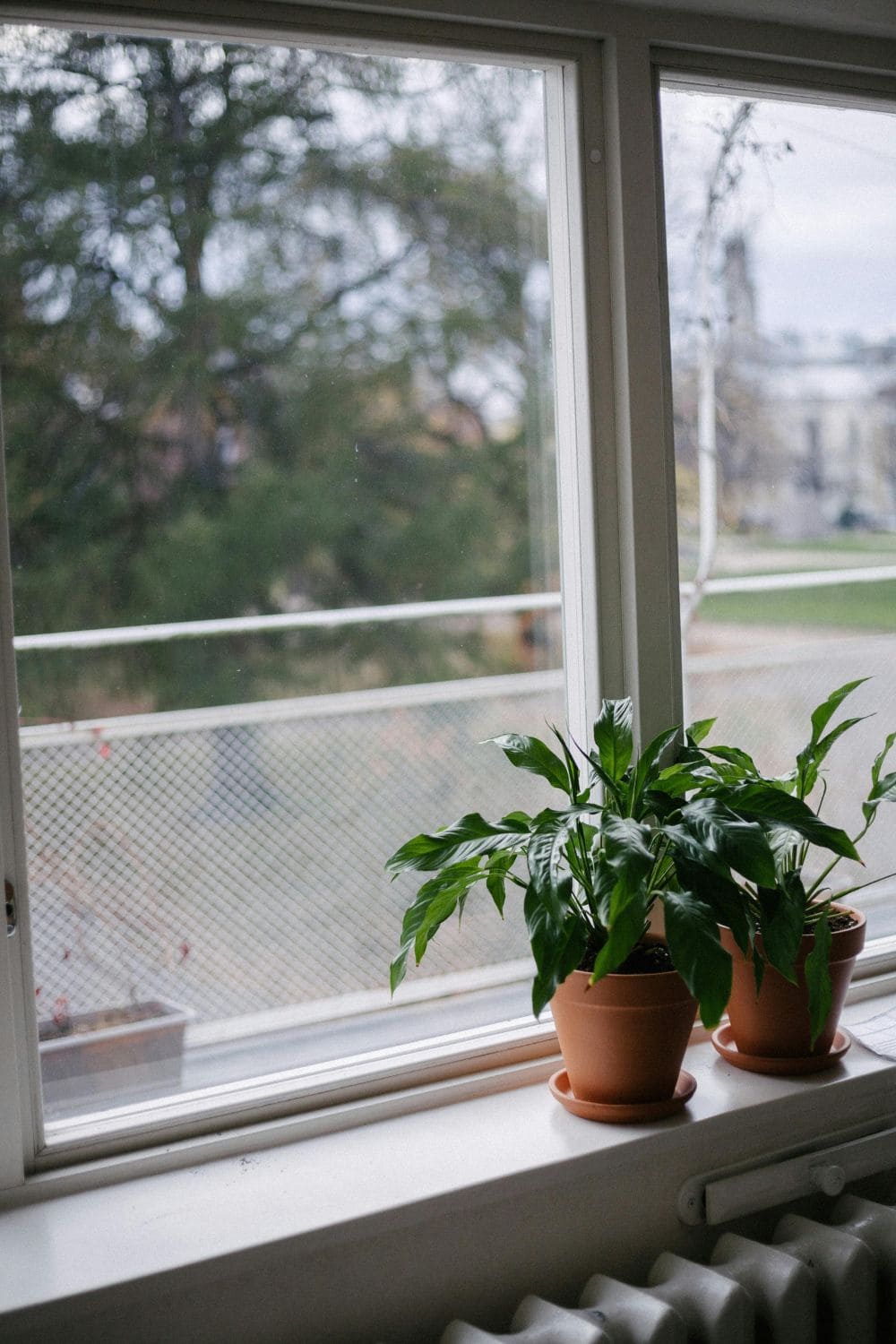
Weather can really affect your plant’s water needs. Plants need less water during cooler months as plants receive slower growth in winter so if you water it frequently in winter, your plant may get root rot.
In warmer, dryer months, your plants may need more frequent watering. It’s best to adjust your watering schedule according to the weather.
6. Use the Right Amount of Water
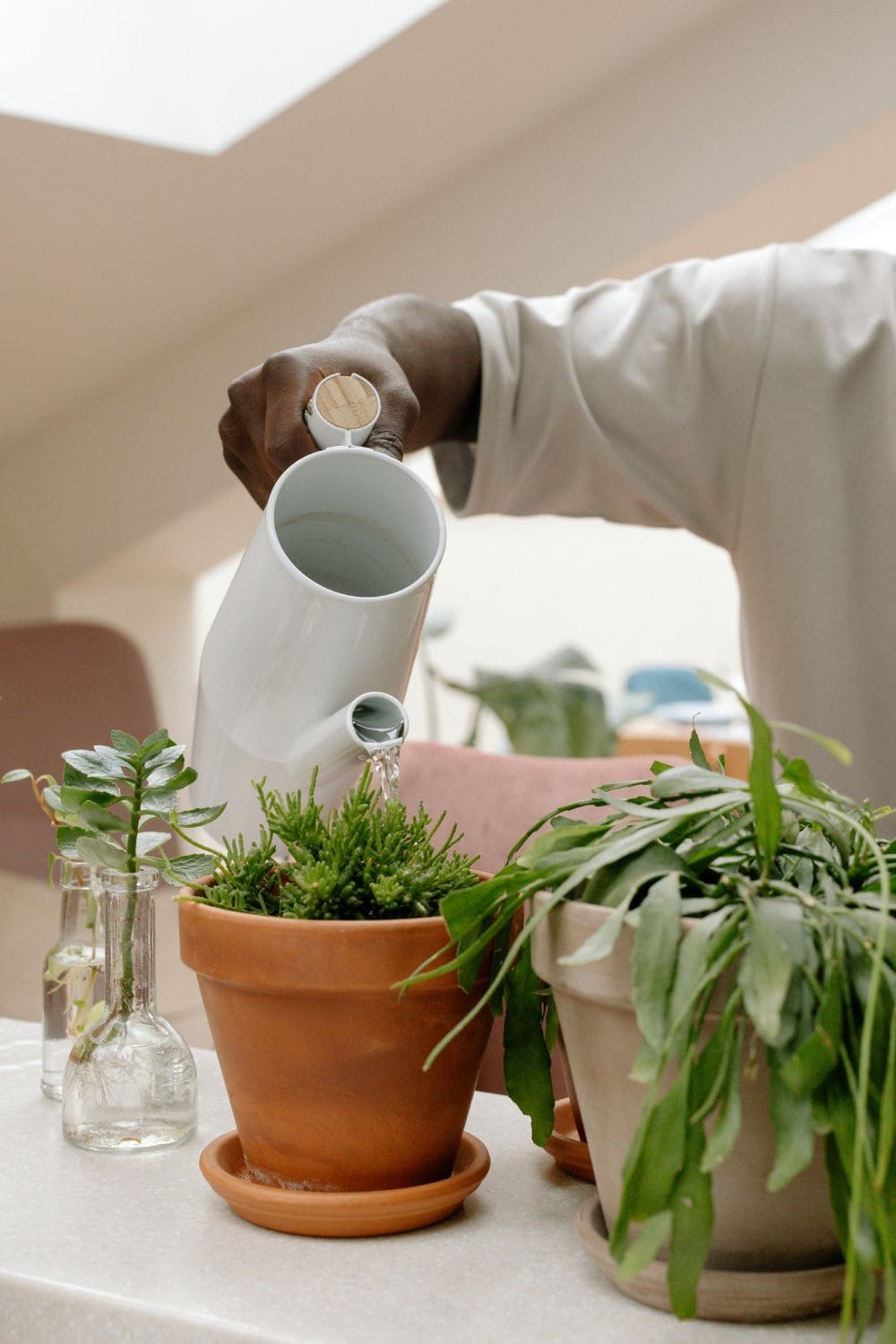
Don’t flood your plants. Remember to water until you see some water come out of the drainage holes, of your pot.
This ensures water reaches the roots without oversaturating the soil. Over time, you’ll get a feel for the right amount.
7. Implement a Watering Schedule
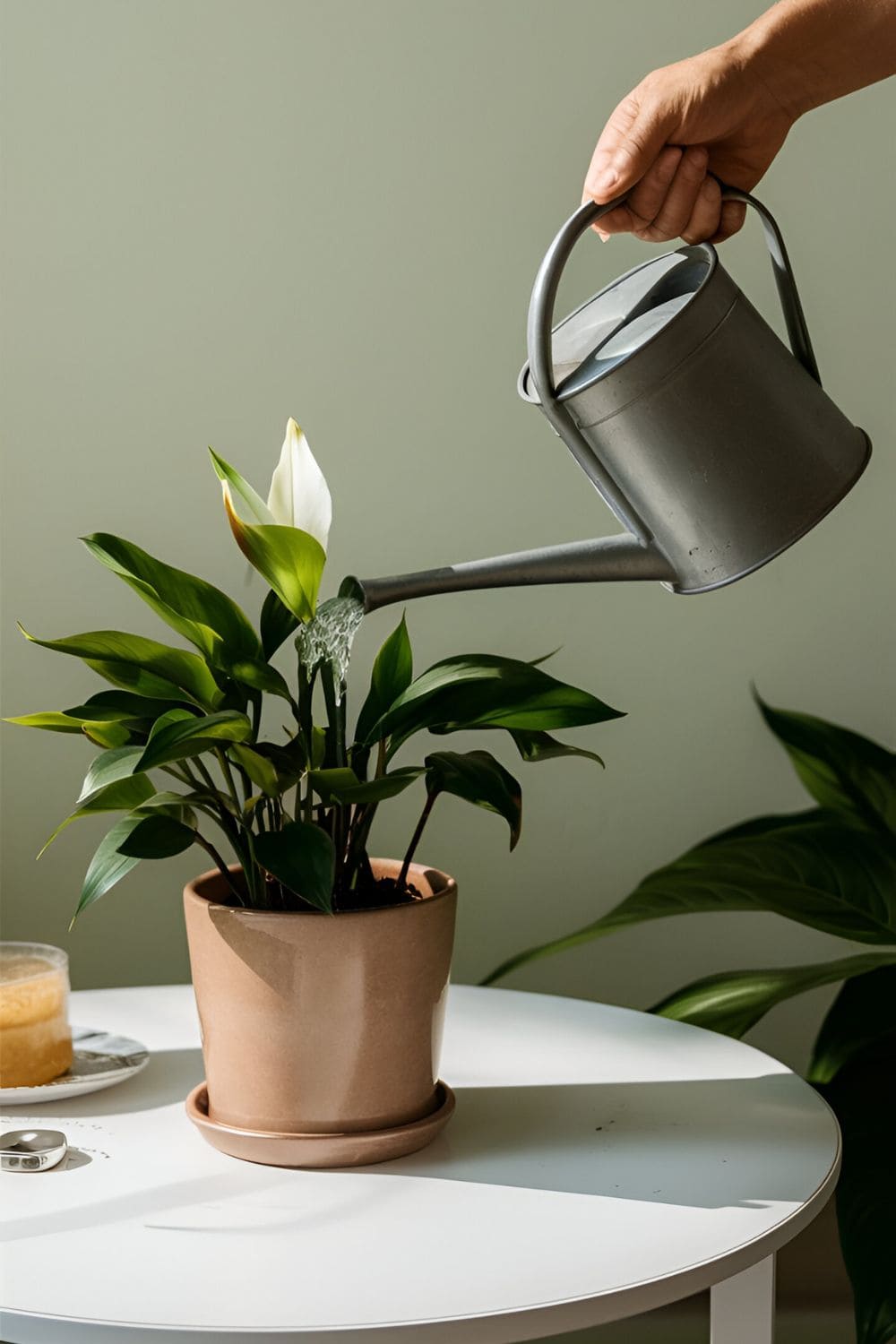
While it’s important to adjust based on soil moisture, a general schedule can help. For example, watering every 7-10 days can work for most houseplants.
Make sure to adjust your watering schedule based on the plant’s environment and health.
8. Monitor Humidity Levels
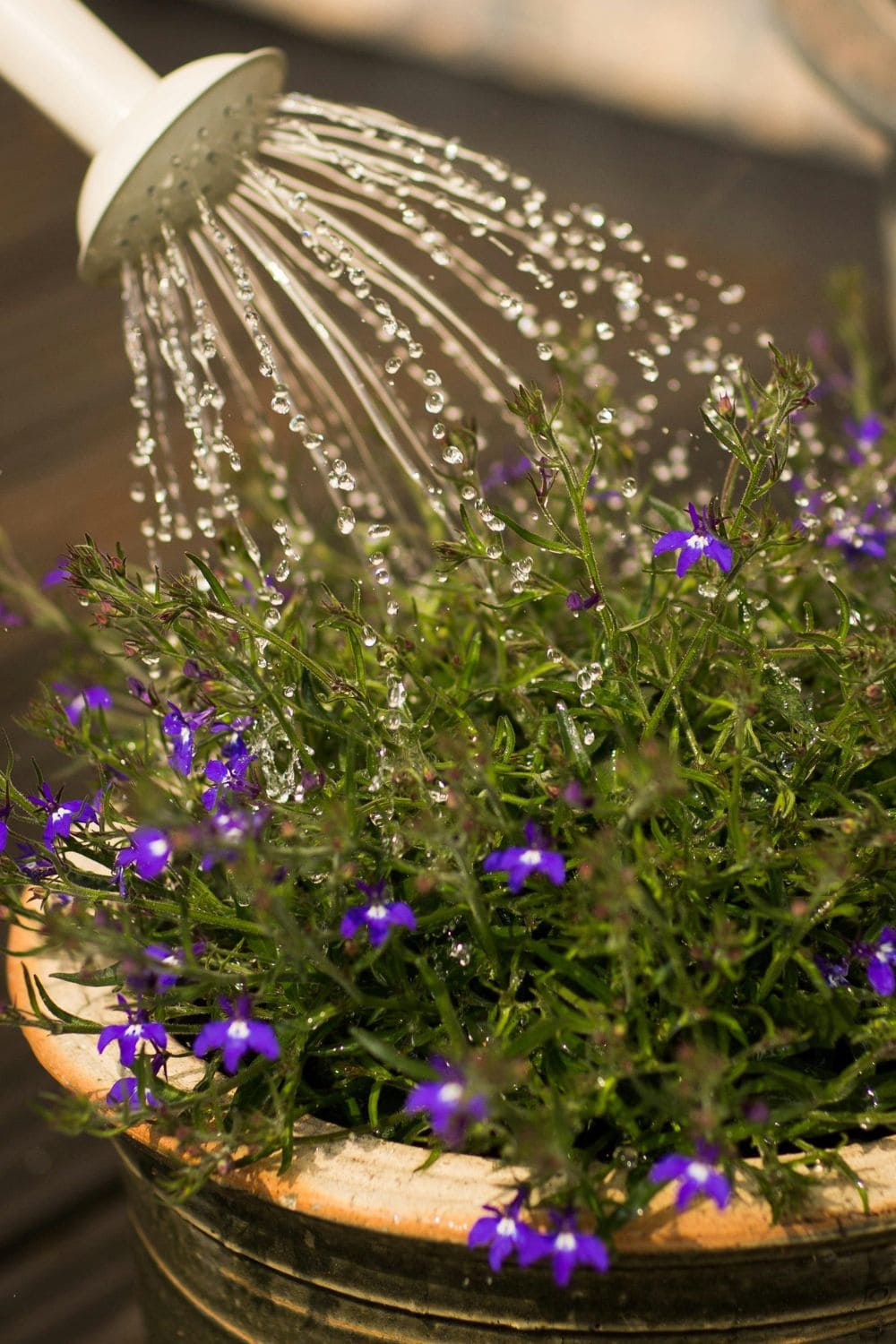
You need to monitor humidity levels as high humidity means less frequent watering. Conversely, low humidity can dry out soil faster.
Using a hygrometer to check humidity levels is a wise decision. Mist plants that need more humidity.
9. Elevate Plants

Elevating your plants improves air circulation, as better air circulation helps the soil dry out between waterings.
That’s why, you should use planters, plant stands or place pots on a shelf,they can give your room a pretty entertaining look.
Related: D.I.Y Indoor Plant Shelves.
10. Use Mulch

Mulch isn’t just for outdoor gardens, it can also be applied indoors. Mulch is a thin layer on top of the soil which helps retain moisture.
Mulch also reduces the frequency of watering, making it good for your plant. Make sure it’s organic and free from chemicals.
11. Group Plants by Water Needs
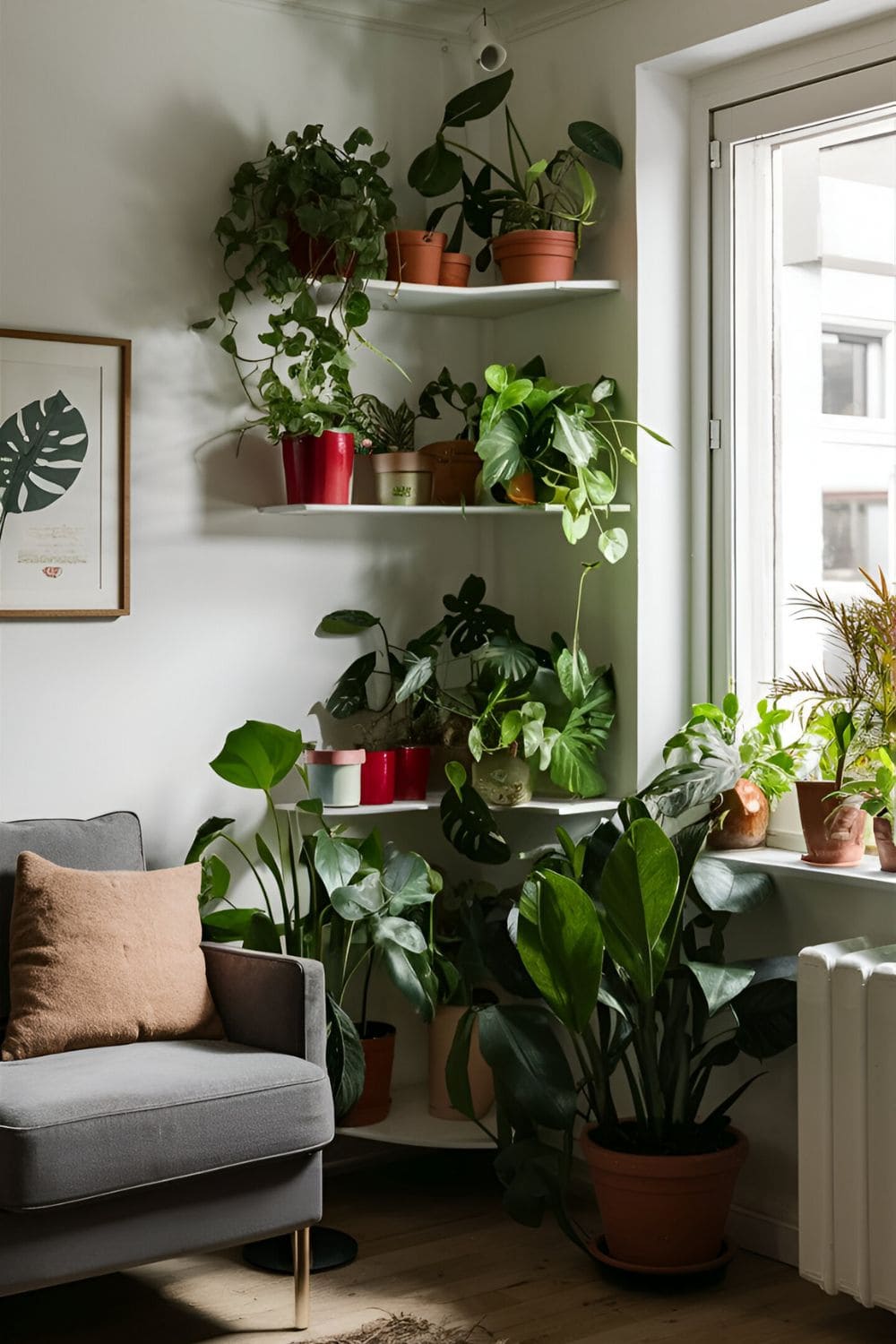
Keeping similar plants together is a nice tactic if you want to be organized, as grouping plants with similar watering needs simplifies their care.
It will help you to prevent overwatering one plant while, under-watering another.
Related: Watering Tips For Indoor Plants.
12. Check for Pests
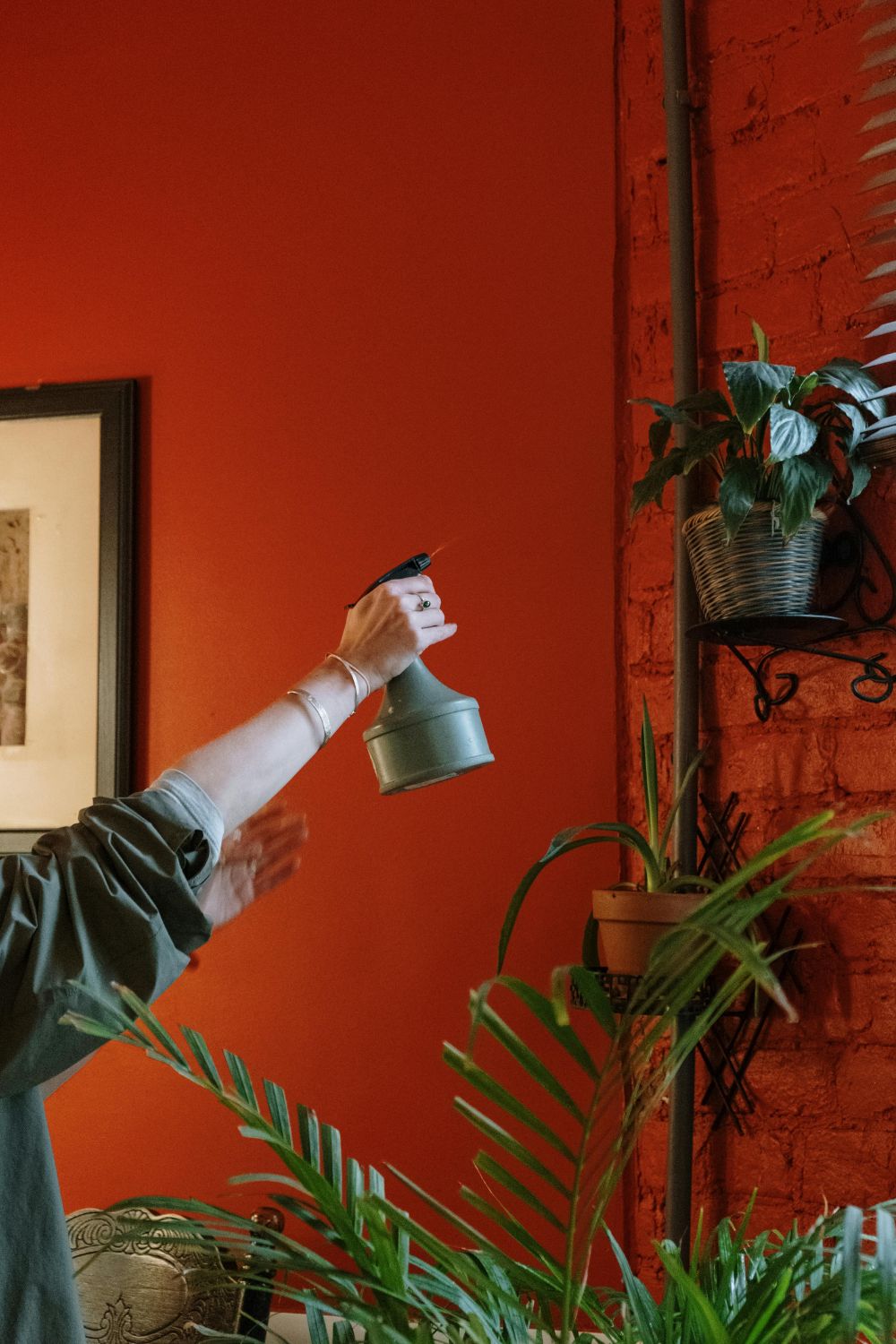
Pests mostly thrive in overly moist conditions. You should regularly check for signs of pests. Fungus gnats, yellow leaves and drooping leaves are some common indicators of overwatering.
So, if you see pests, it’s best to reduce watering and treat the plant with pesticides.
Related: Common Pests In Indoor Plants.
13. Avoid Self-Watering Pots
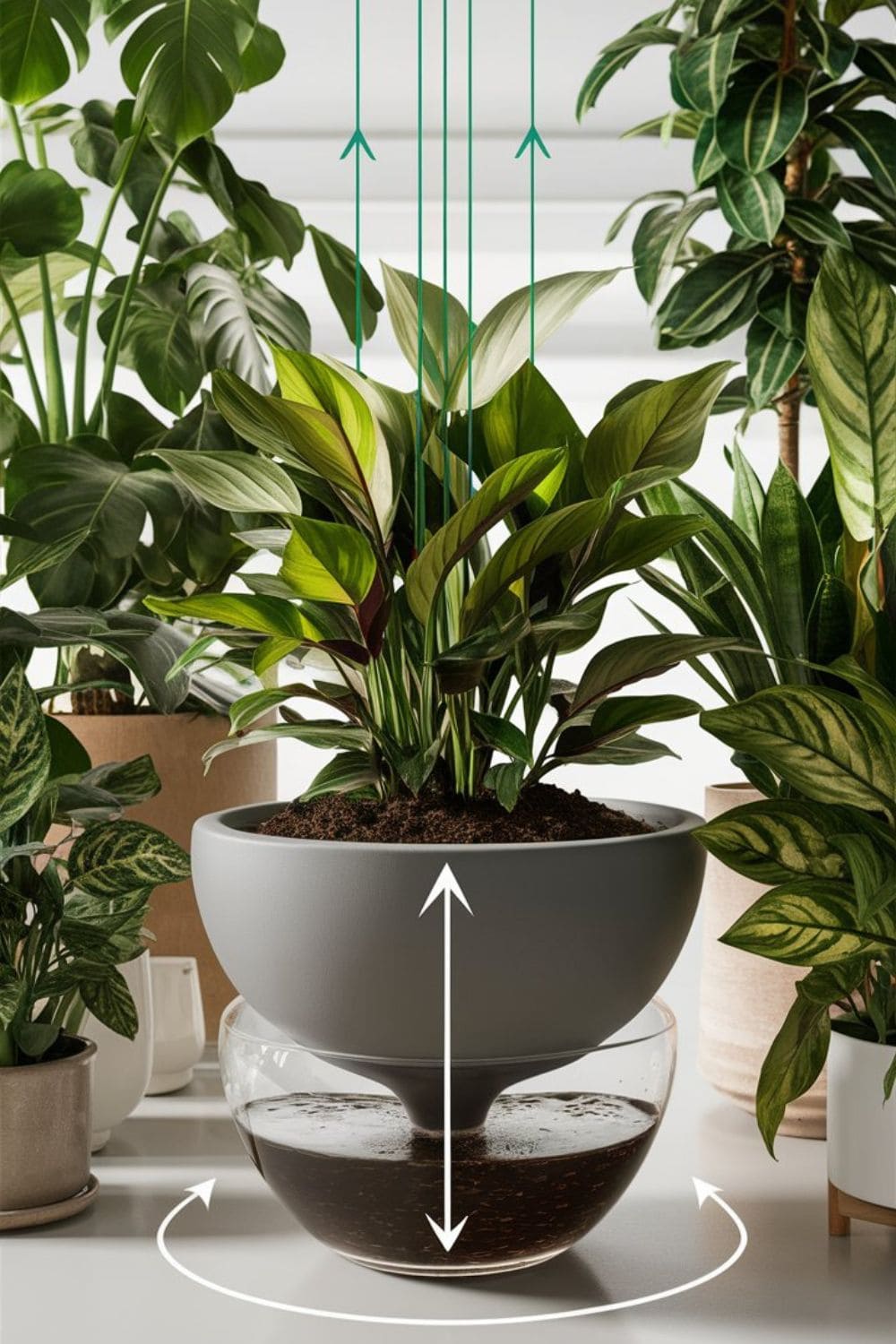
Self-watering pots can be a bit tricky, if you ask me, as they might keep the soil too moist for some plants which may even lad to root rot.
Even if you are using them, make sure to monitor the moisture level carefully from time-to-time.These pots are good only if you use them for plants that can handle consistent moisture.
14. Aerate the Soil
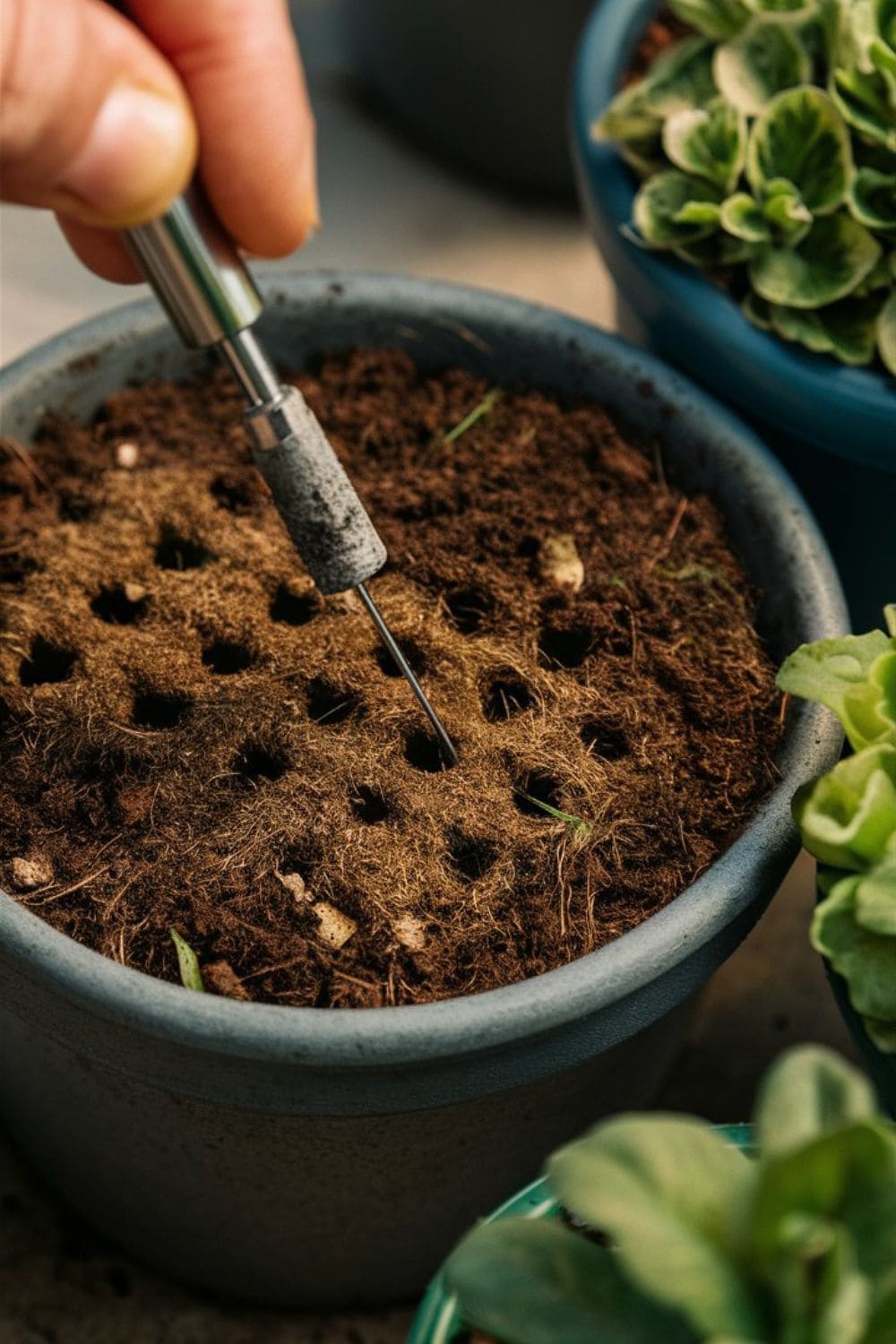
Aerating soil helps the plant to prevent compaction, as compacted soil retains more water, leading to overwatering, which results in root rot.
It’s best to use a small tool to gently poke holes in the soil, as it improves air flow and drainage in your plant’s soil.
15. Learn From Experience
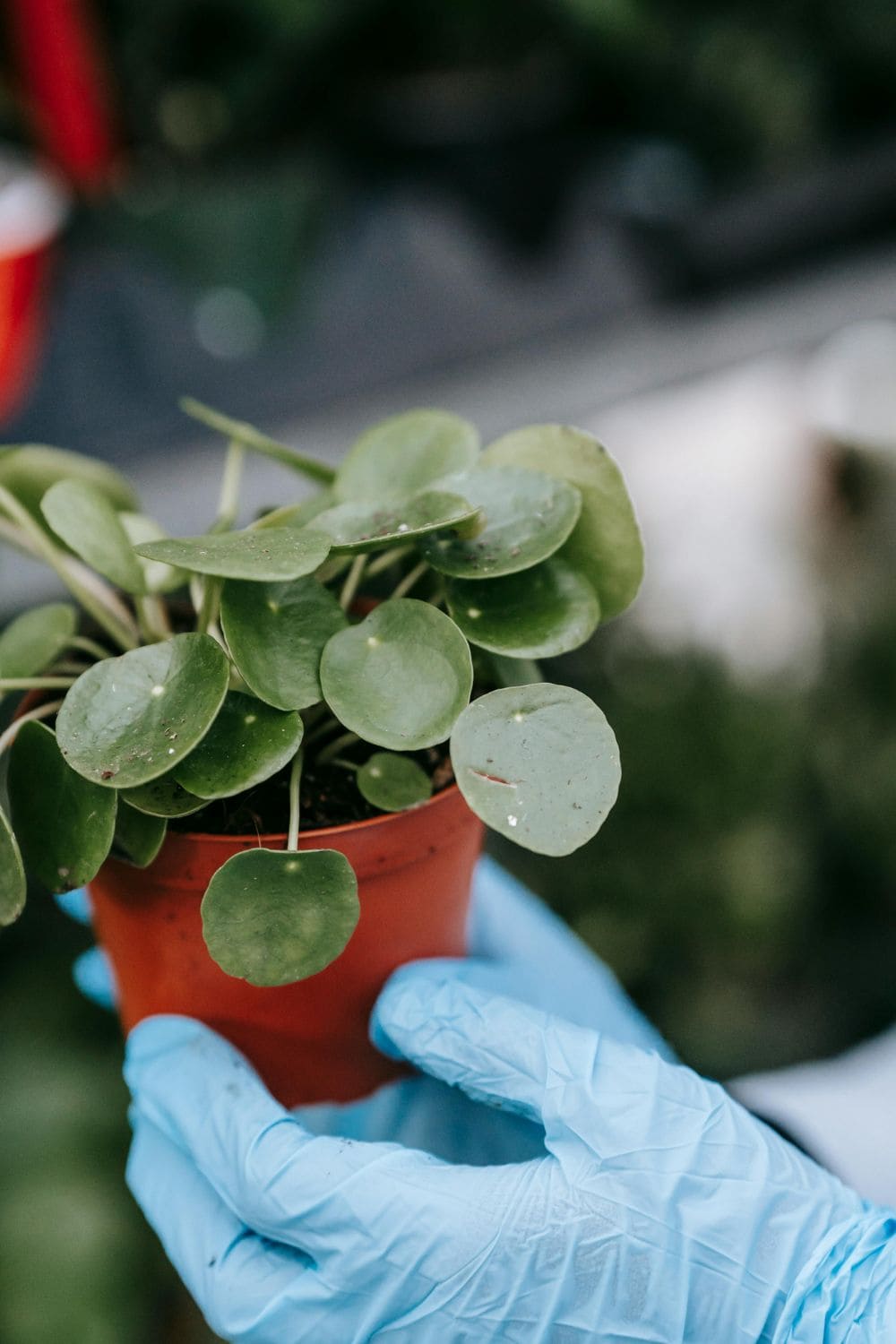
As the saying goes that experience is a great teacher and i highly agree with it. So remember to, pay attention to how your plants respond to watering, as every plant responds differently.
Make sure to adjust your watering methods as needed. Over time, you’ll develop a better understanding of your plant’s needs and will find the watering technique which suits you and your plant best.
Related: Indoor Plants That Improve Sleep
Conclusion
Remember, preventing overwatering requires much attention and care. By following these tips, you will create a healthier environment for your indoor plants and will prevent overwatering.

